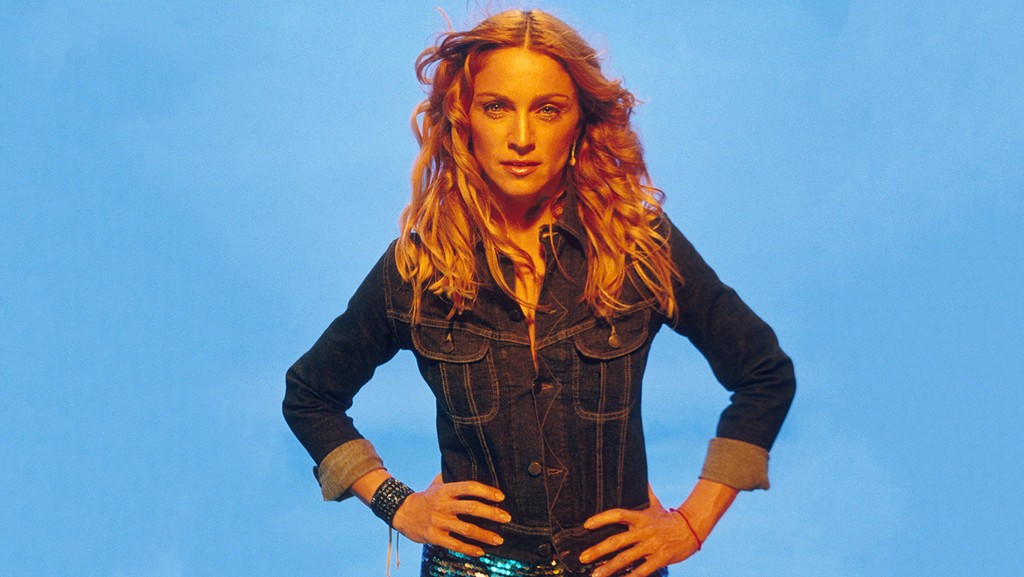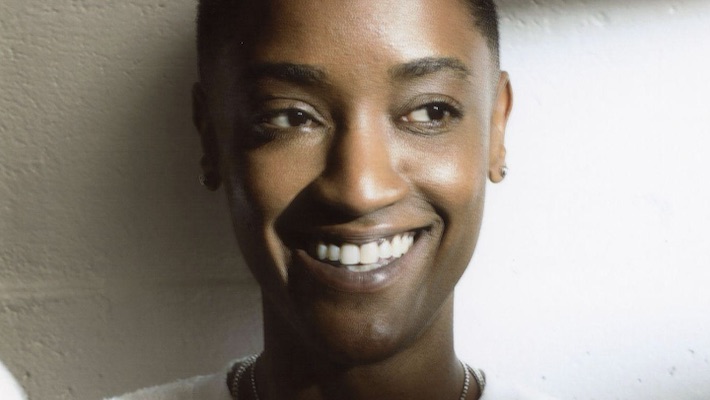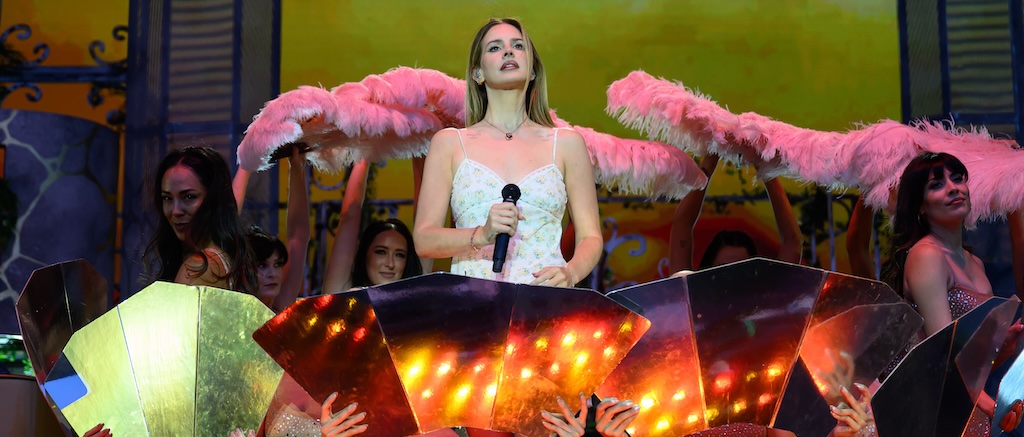Incredibly, 50 Madonna songs have reached No. 1 on Billboard‘s Dance Club Songs chart, giving her the distinction of the artist with the most No. 1s on this survey. But only one of these tracks started in the folk world before entering the club scene.
No. 1 on the chart 22 years ago today (July 1), “Ray of Light” was an adaptation of the 1971 song “Sepheryn” by English folk duo Curtiss Maldoon. The song entered Madonna’s field of awareness more than two decades later, when English musician and producer William Orbit sent her a version of the song — renamed “Ray Of Light” and performed by the niece of one of the members of Curtiss Maldoon — to consider for inclusion on her upcoming album.
Madonna liked it, and together with Orbit, she revamped the lyrics, updated the instrumentation and sped the BPM way up. By the time the song was released as the title track from Madonna’s 1998 LP, the minor folk hit had been transformed into a synth-laden electronica anthem that would become both one of the biggest hits of Madonna’s career and reflect who the pop queen had become by the late 90s. The reworked lyrics of the second chorus explored themes related to motherhood and spirituality, as her daughter Lourdes had been born two years prior, and Madonna had begun her exploration of Eastern mysticism and Kabbalah during this same period.
“This album is reflective of where I am in my life right now–in terms of my musical interests and in terms of my personal beliefs,” Madonna told Billboard in 1998. “I feel like I’ve been enlightened, and that it’s my personal responsibility to share what I’ve learned so far with the world.”
Effectively, she completed this sharing by making people dance. While her previous LP, 1994’s Bedtime Stories, had included slowed-down R&B tracks like “Take a Bow” and “Secret,” “Ray of Light” spread its message of love and positivity via its embrace and expansion of the late ’90s electronica genre, at that point being explored by scene stars like Moby, Björk, Underworld and more.
“I’ve been a fan of all kinds of electronic music for many years,” Madonna said in the same Billboard interview, “and I wanted to incorporate that sound into my music.”
Indeed, while many of Madonna’s biggest hits — “Vogue,” “Like a Prayer,” “Like a Virgin” — certainly worked in nightclubs, the song’s styles and structures firmly embedded them in the pop world. But with “Ray Of Light,” Madonna was not simply making pop music that would work in the clubland, but music aesthetically connected to the roots of the genre, taking particular influence from the acid house that was a staple of the ’90s underground rave scene.
Altogether, it got bodies moving around the globe. “Ray Of Light” spent four weeks at No. 1 on Dance Club Songs chart, from the charts dated June 20, 1998, through July 11. This run makes the song one of her longest leaders – “Holiday/Lucky Star” spent five weeks at No. 1 in 1983, “Music” later spent five weeks in this position in 2000, “Like a Virgin” spent four weeks in 1984-85 and “Hung Up” spent four weeks in the top spot in 2005.
“Ray of Light” was the second of three No. 1 Dance Club Songs singles from the Ray of Light album, after “Frozen” (2 weeks, April-May ’98) and before “Nothing Really Matters” (2 weeks, March ’99). Her 20th No. 1 on the chart, the song’s lauded video was directed by Jonas Åkerlund, who had directed the infamous clip for The Prodigy’s “Smack My Bitch Up.” Meanwhile, the song won the 1999 Grammy for best dance recording, while the album won that year’s best pop album trophy. Those two awards, along with the other one she won that evening, were the first audio Grammy awards of her career.
The 1999 Grammys ceremony was a long way from the underground club scene, and in fact even further away from the English folk world. Yet all of these musical stepping stones had helped Madonna create a song that remains one of the brightest lights of her enduring career.



